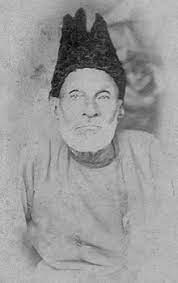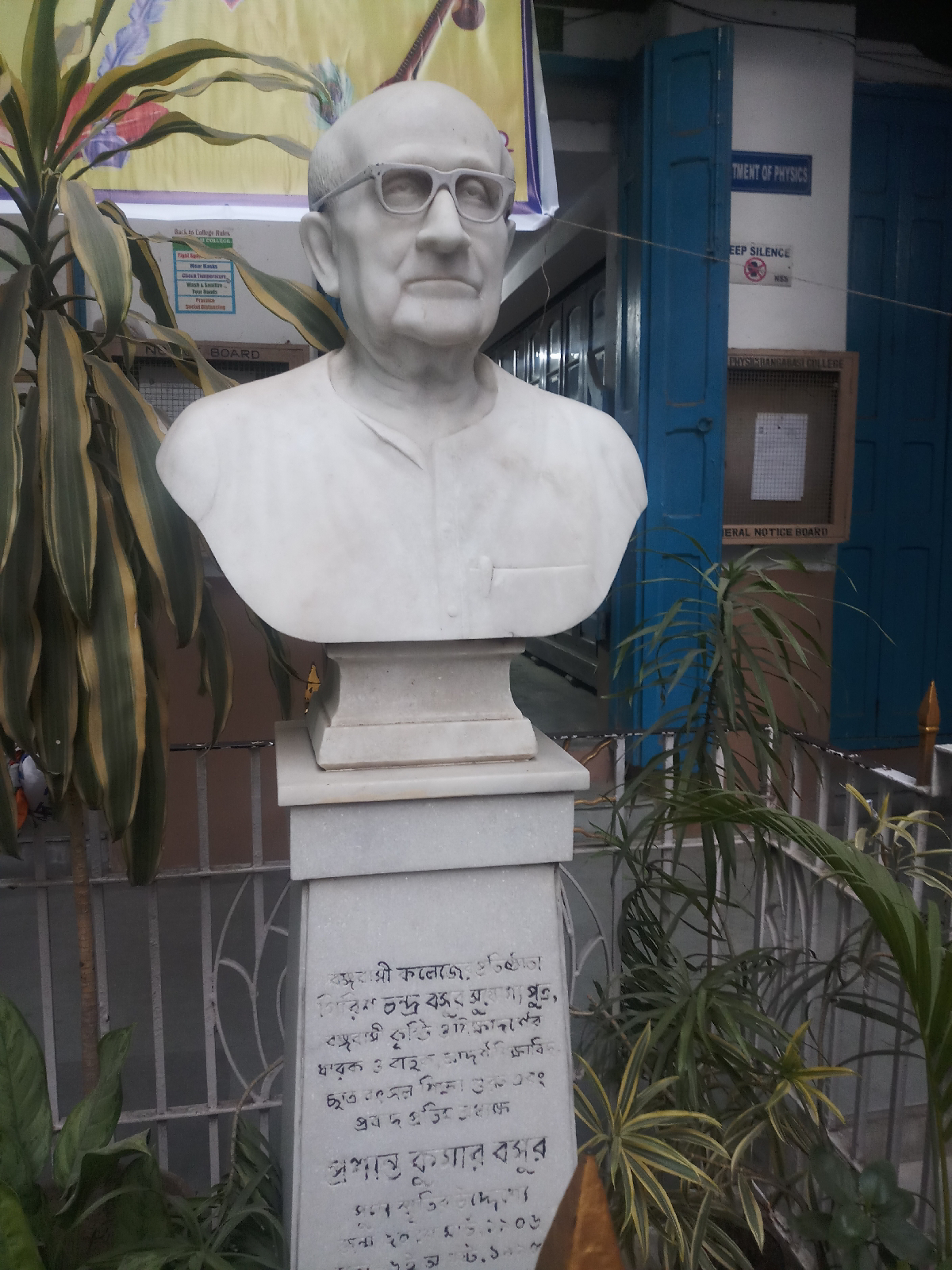Raja Rammohan Roy Museum
- "The historic Simla House, which cherishes its association with Raja Rammohan Roy, the forerunner of the great Indian renaissance, who explored the spiritual & intellectual roots of India, delivered the nation from medieval darkness and ushured in modernity" - thus reads the epitaph at the entrance of Raja Rammohan Roy museum at 85A Amherst Street now known as Raja Rammohan Sarani.
- Born in 1772 at Rangpur, Raja Rammohan Roy built a house at Raghunathpur, and later started living in Calcutta from 1815 at 113 Upper Circular Road at Maniktala (presently Office of the Deputy Commissioner of Police and museum), from where he established the Atmiya Sabha to initiate social & religious reforms. After two years the Society was moved to Simla House.
- The Simla House is set upon a spacious compound. The three storied building stands for 180 years though little remains of its past grandeur and attractive architechture. Records of the law-suit indicate that Rammohan purchased this building from Francis Mendes for Rs 13,000/-.
- The house was occupied by Rammohan's sons Radha Prasad (a vakeel at Supreme Court) and Rama Prasad (the first Indian to be appointed a Judge of the Calcuta High Court. According to Prof. Dilip Kumar Biswas, the well known authority on Rammohan Roy, it may be very plausibly assumed that Raja himself stayed in this house, at least a few months before his departure to England in November 1830, since all his other houses were sold off in course of the year to meet the expenses for his journey abroad. His successors lived here till 1960s. Thereafter following the death of Dharanimohun Roy, the house passed into the hands of unauthorized occupiers and the grand artefacts once adorning the palatial mansion were largely stolen.
- The move to aquire the dilapidated house was initiated in 1972 by Late Sadhana Sarkar, Pricipal ofRammohan College for Women. The first step towards aquisition was taken in 1981.
- The Simla House was designed by W. Wood in colonial Gregorian style. It was furnished in English style with a sprawling lawn.
- Rammohan was a champion of liberty, crusader for abolition of the heinous custom of Sati, founder of Brahmo Samaj, pioneer of modern, secular and science based education system and the Father of political movement in India. The radical socio-cultural upheaval that took place in the first half of the nineteeth century was a result of the insights of Roy. This later aquired national proportion and culminated in the modern Indian Rennaissance in the second half of the nineteenth century.
- The museum is well maintained and part of the building. The exhibition is divided into four sections - The world in the 18th century, The beginning of the search, The broadening of the mind and The maker of modern India.

The exhibits include books, paintings, period furniture, dress, excerpts from his writings, tablets depicting his works & publications and his death
mask (most items are recreated). Roy died at Beech House (Bristol) on 27th September 1833.
Date of visit: 14.03.2020


















Comments
Post a Comment